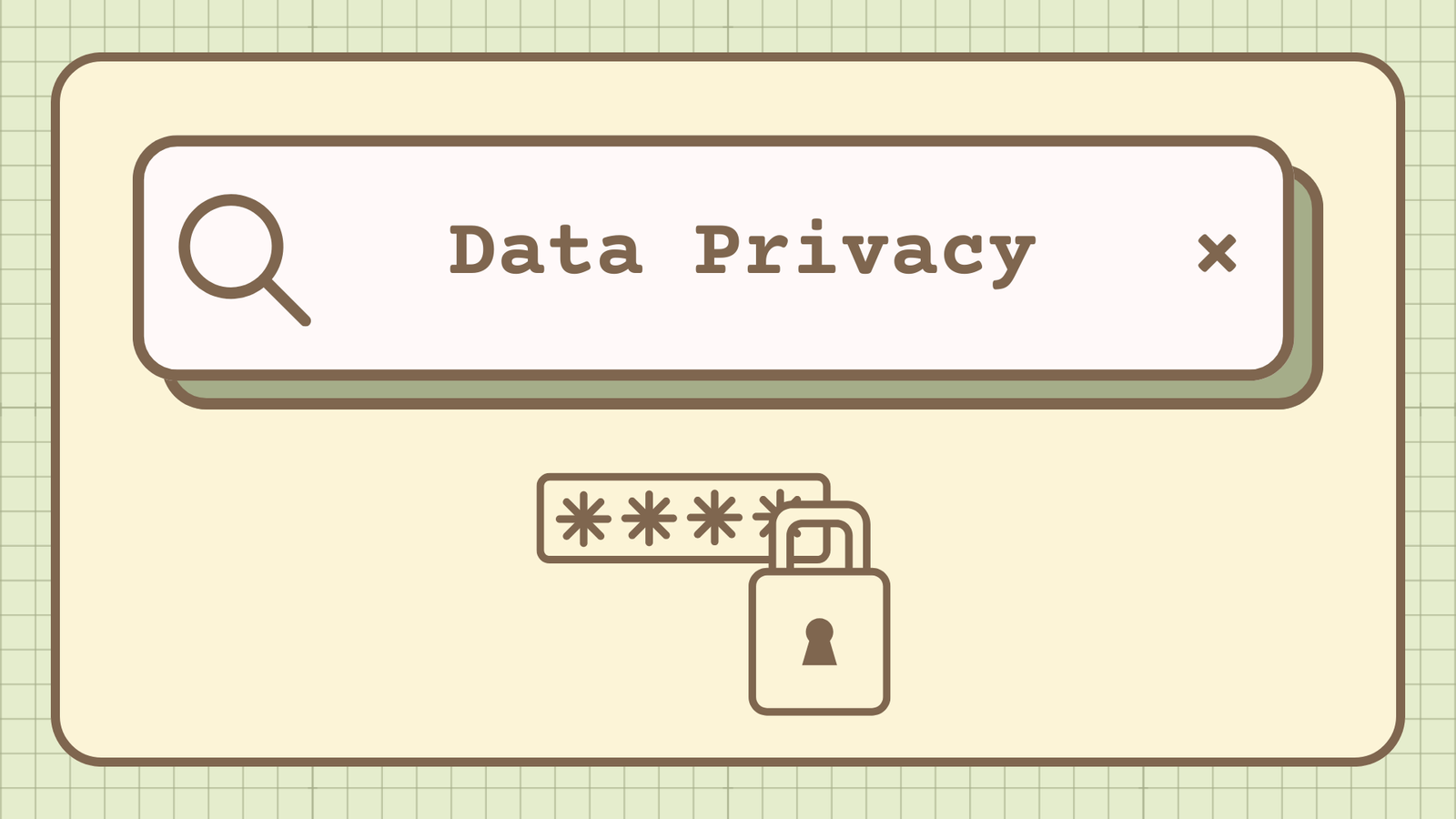When was the last time you thought about who has access to your personal information?
If you’re like most people, the answer is probably not recently enough. We hand over our data dozens of times a day when signing up for services, making purchases, and connecting apps, often without a second thought about where that information goes or who can see it.
Let this be a reminder to pause and reassess your data-sharing habits. We’re here to help you understand what’s at stake and what you can actually do about it.
Why Data Privacy Should Matter to You
Your Personal Information Is More Valuable Than You Think
Your name, email, financial details, and health records are incredibly valuable to cybercriminals. We’re not talking about abstract risks here. Identity theft, financial fraud, and reputation damage are real consequences that happen to real people and organisations every day.
The Legal Stakes Are High (And Getting Higher)
Whether you’re running a small business or a nonprofit, you’re likely subject to data protection regulations. In Australia, that means the Privacy Act 1988 and the Australian Privacy Principles. Internationally, there’s GDPR in Europe and HIPAA for health information in the US.
Non-compliance can result in significant fines and legal consequences that could genuinely threaten a small organisation’s viability.
Trust Takes Years to Build and Seconds to Lose
Organisations that handle data carelessly lose customer and donor trust almost instantly when something goes wrong. On the other hand, demonstrating that you take data privacy seriously builds confidence and loyalty.
Your stakeholders, customers, donors, or clients are entrusting you with their personal information. That trust is one of your most valuable assets.
Prevention Is Always Cheaper Than Recovery
Data breaches are embarrassing and expensive. Between recovery costs, potential legal fees, and the damage to your reputation, a single breach can be devastating for a small organisation.
The good news? Proactive security measures cost a fraction of what you’d spend recovering from a breach.
Practical Steps to Protect Your Data
Start With a Privacy Audit
Before you can protect your data, you need to know what you’re protecting. Take time to map out:
- What personal information you collect
- Where and how you store it
- Who has access to it
- How long you keep it
This doesn’t have to be complicated. Start with a simple spreadsheet listing your systems and what data lives in each one. You might be surprised by what you find.
Get Serious About Passwords and Authentication
Everyone talks about passwords. Weak or reused passwords are still one of the easiest ways for attackers to get into your systems.
The fix is straightforward:
- Use unique passwords for every account (yes, every single one)
- Make them genuinely complex by mixing uppercase, lowercase, numbers, and symbols
- Enable multi-factor authentication (MFA) everywhere it’s available
That extra MFA step might feel annoying, but it blocks over 99% of automated attacks.
Encrypt Sensitive Information
Encryption sounds technical, but the concept is simple. It scrambles your data so that even if someone intercepts it, they can’t read it without the decryption key.
Most modern systems have encryption built in, and you just need to turn it on. This applies to both data at rest (stored on your devices) and data in transit (being sent over the internet).
Stay Alert to Phishing and Scams
Cybercriminals are getting increasingly sophisticated at impersonating legitimate organisations. That urgent email from your “bank” or “IT department” might not be what it seems.
If someone contacts you unexpectedly asking for sensitive information, verify their identity through a different channel before responding. Call the organisation directly using a number you trust, not one provided in the suspicious message.
Keep Everything Updated
Those software update notifications you’ve been ignoring are often fixing security vulnerabilities that attackers actively exploit.
Enable automatic updates wherever possible for your operating systems, applications, and security software. It’s one of the easiest and most effective things you can do to stay protected.
Think Before You Share
Every piece of personal information you share online increases your exposure. Before filling out that form or accepting that app’s permissions, ask yourself: do they really need this information?
Review privacy settings on your social media accounts and business platforms. Be particularly careful about what your organisation shares publicly. Client names, project details, or financial information might reveal more than you intend.
The Human Factor: Your Biggest Vulnerability and Your Strongest Defence
Most data breaches don’t happen because of sophisticated technical attacks. They happen because someone clicked the wrong link, used a weak password, or accidentally sent sensitive information to the wrong person.
Technology can only protect you so far. Your team needs to understand the risks and know how to respond to threats.
That’s where security awareness training comes in. It’s the practical education that helps people recognise real threats and respond appropriately.
Organisations that invest in regular training see dramatic reductions in security incidents. When your team knows what to look for, they become your first line of defence rather than your weakest link.
The Shield’s Edge: Making Data Privacy a Habit
This is a great reminder to review your practices, but real protection comes from making data privacy a consistent priority.
The strategies we’ve outlined aren’t complicated or expensive. They’re practical steps that any organisation can implement, regardless of budget or technical expertise.
Start with one or two changes this week. Maybe that’s finally enabling MFA on your critical accounts or conducting that data audit you’ve been putting off. Small steps compound into significant protection over time.
Need help figuring out where to start? We specialise in making data protection practical and achievable for organisations like yours. Let’s have a conversation about what proper privacy practices look like for your specific situation.
Because your mission is too important to risk on preventable security mistakes.
Found this insightful? Share it with your network!


Leave a Reply